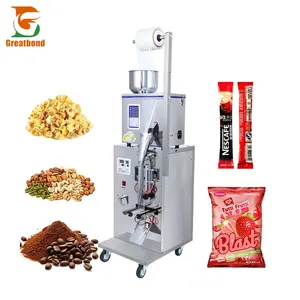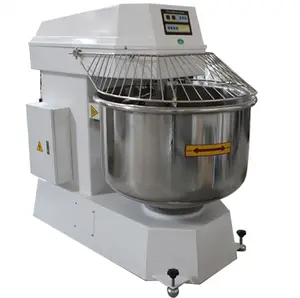Popular in your industry









































































Related Searches:
















































































































































Top categories
About roof vacuum
A roof vacuum is a specialized machine designed to clean and maintain roofs. It is a powerful and efficient tool that uses suction to remove debris, dust, and other unwanted materials from the surface of a roof. These machines are typically mounted on a truck or trailer and feature a large vacuum hose that is used to access and clean the roof. Roof vacuums are commonly used in commercial and industrial settings, as well as in residential applications, to ensure the longevity and proper functioning of the roof. Roof vacuuming is an essential part of roof maintenance, as it helps prevent damage and prolong the life of the roof.
What are the benefits of a roof vacuum?
Vacuuming roof offers several key advantages. First and foremost, it is a highly effective method for removing debris and other unwanted materials from the roof surface. This can help prevent damage to the roof, such as leaks or deterioration, and extend its lifespan. Additionally, roof vacuuming can improve the overall appearance of the roof, enhancing the curb appeal of the building. By removing debris and contaminants, a roof vacuum can also help improve the roof's energy efficiency. For example, by removing leaves and other debris from the roof, a roof vacuum can prevent water from pooling and potentially causing leaks. This can help reduce the risk of water damage and the need for costly repairs. Furthermore, roof vacuuming can be a time-saving and cost-effective solution for roof maintenance. By using a roof vacuum to remove debris, property owners can avoid the need for manual labor or more extensive roof repairs in the future. Overall, the use of a roof vacuum can contribute to a healthier, longer-lasting, and more visually appealing roof.
What are the types of roof vacuum?
There are several types of roof vacuums available, each designed for specific applications and roof types. One common type is the industrial roof vacuum, which is a powerful machine used for large-scale cleaning of commercial and industrial roofs. These machines are often mounted on trucks or trailers for easy mobility and feature high-capacity vacuum systems to handle heavy debris and large roof surfaces. Another type is the residential roof vacuum, which is designed for use on residential roofs. These machines are typically smaller and more maneuverable than their industrial counterparts, making them ideal for cleaning smaller roof areas. Additionally, there are specialized roof vacuums, such as the roof gutter vacuum, which is designed specifically for cleaning gutters and downspouts. These vacuums often feature long, flexible hoses to access and clean hard-to-reach areas.
What is the process of vacuuming a roof?
The process of vacuuming a roof involves several key steps to ensure thorough and effective cleaning. The first step is to assess the condition of the roof and identify any areas that require special attention. This may include areas with heavy debris buildup, clogged gutters, or damaged roofing materials. Next, the roof vacuum is set up and prepared for use. This includes connecting the vacuum hose to the machine and ensuring that all safety precautions are in place. The operator then uses the vacuum hose to remove debris from the roof surface, gutters, and other areas. The vacuum is moved methodically across the roof to ensure that all debris is effectively removed. After the vacuuming process is complete, the operator inspects the roof to ensure that it is clean and free of any remaining debris. If necessary, additional cleaning or maintenance tasks may be performed. Finally, the roof vacuum is disconnected and properly stored for future use. Regular roof vacuuming, whether for general cleaning or specialized tasks like roof vacuum services, is a proactive approach to roof maintenance that can help prevent issues and prolong the life of the roof.







































